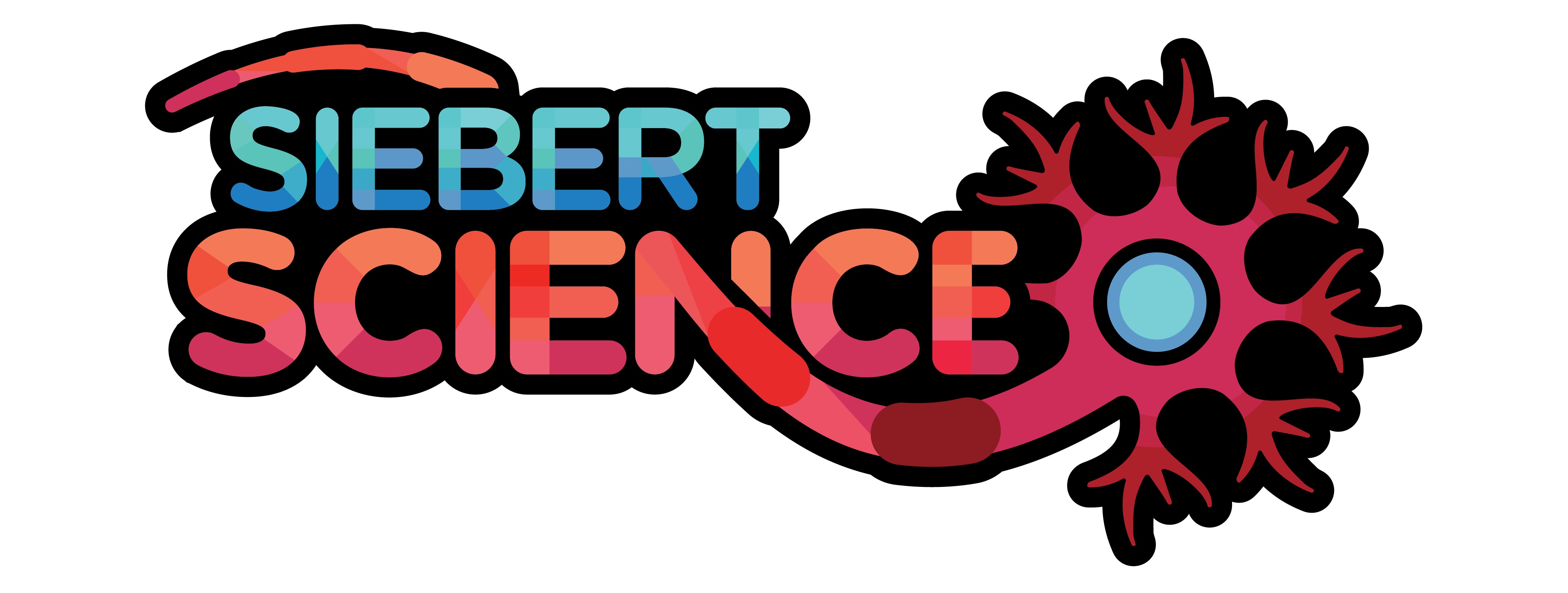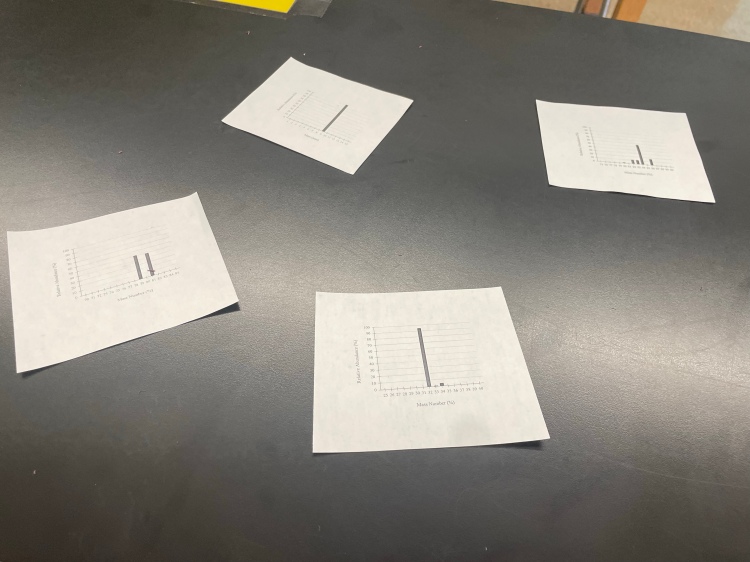With my Bohr model cards being a hit, I wanted to create something fun for mass spectrometry. Unfortunately, some mass spectra are hard to find or not labeled exactly the way I want, so I made my own. I used a Google spreadsheet to input the percentages for each isotope, then added the graphs. The resources I created are here:
- Printable mass spectrum graphs used in my lesson
- Printable mass spectrum graphs (full set for elements 1-36)
- The spreadsheet I used to make all of these (Note: I had to fudge some of the numbers a bit to make all the columns show up on the graphs. This is for classroom purposes only!)
And the rest of the post is a summary of how I used them.
The Lesson
I started with a pretty standard lecture on mass spectroscopy: what it is, how the machine works (suuuper basic overview), what a mass spectrum looks like, and how to interpret it. I gave them one example question to work on with a partner. They had to identify which isotope was the most abundant, which isotope had the most neutrons, and then identify the element.
While they worked on this, I spread out my mass spec cards in the back of the room (I have a very small AP class). I printed three copies of each of the 7 cards in this initial set. Why did I pick these particular 7? Basically, I was on a time crunch before I had to teach the lesson, and these were all I got to. It wasn’t necessarily optimized.
I intentionally did not include element names on the cards. That way students could practice identifying the element based on the graph.

Here are some of the questions I asked my students:
- Find the mass spectrum for the element with the most isotopes. (There were two possibilities: selenium & krypton)
- What is the identity of this isotope?
- Find the mass spectrum for carbon.
- Find the mass spectrum for the element with only one isotope.
- Find the two mass spectra for elements with an atomic mass of slightly below 80. One is bromine and one is selenium. How can you tell which is which?
- Find the isotope with the most number of neutrons.
As I asked each question, students walked around trying to find the mass spectrum that answered the question. It got them up and moving, which is always good. It was fun for them, but also fun for me as I tried to think of new questions to ask.
Another idea is to just spread them around and have students try to identify each element.
Full Set(ish) of Mass Spectra
I have a complete set of cards now for elements 1-36. Okay, I guess it’s not “complete” per se, but I don’t plan on adding the rest of the naturally-occuring elements.
I won’t print all of these when I teach this again; that would be kind of overwhelming for students. I would pick and choose the ones I wanted to use and just print those. If you’re planning to do this, feel free to make a copy of the slides, delete the cards you don’t want to use, then print from there.
So, there you have it. Nothing too revolutionary. But it made for a fun way to practice their mass spectrum interpretation skills!



